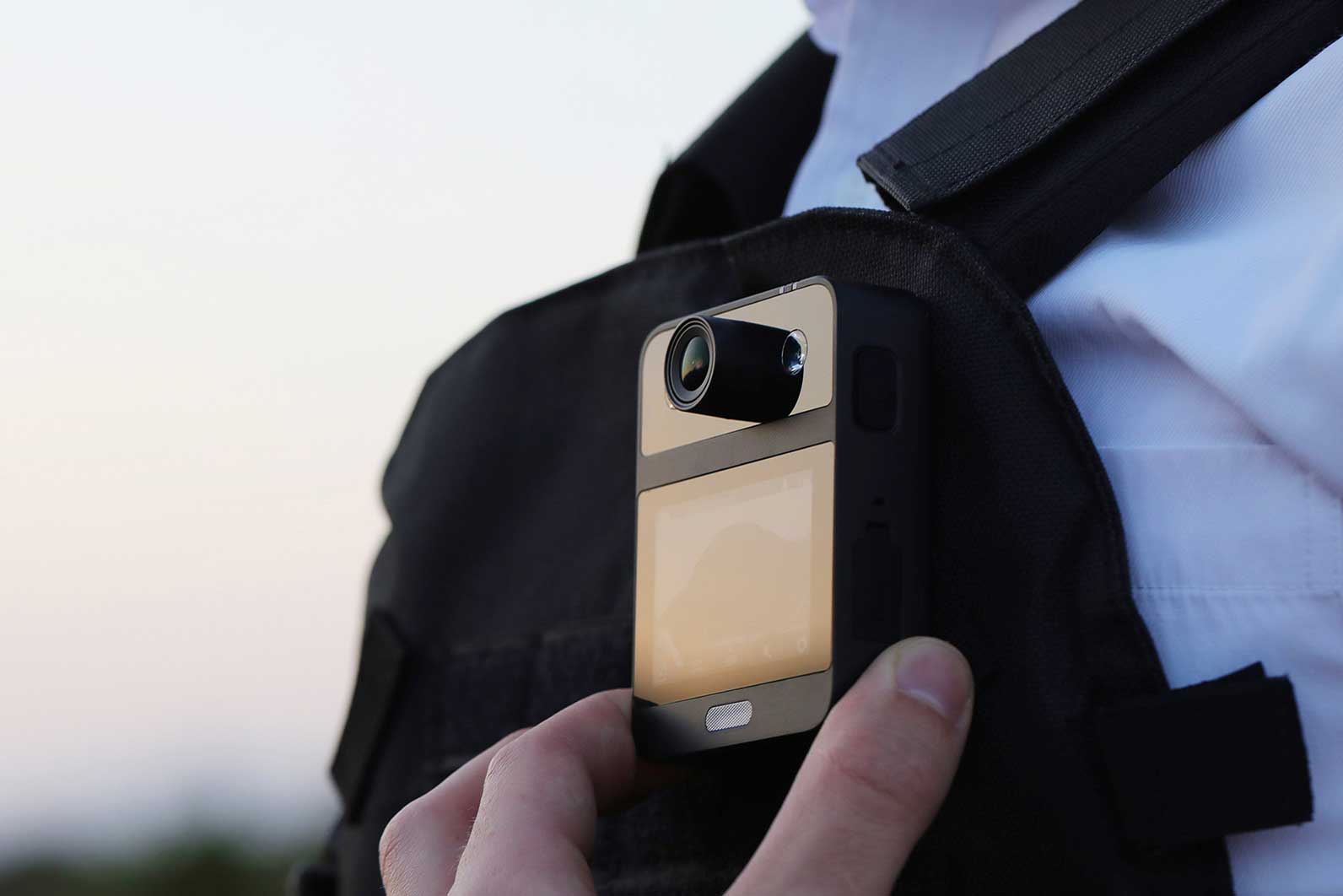In the evolving landscape of law enforcement, technology plays a pivotal role in enhancing accountability, transparency, and safety. Among the most significant advancements are body cams and dash cams, both of which serve as essential tools for police officers. While both types of cameras aim to provide valuable evidence and improve public trust, they have distinct features and benefits. This article will explore the differences between body cams and dash cams, their respective advantages, and why the SJCAM A10 Body Cam is a top choice for law enforcement agencies.
Understanding Body Cams and Dash Cams
Body Cams
Body cams, or body-worn cameras (BWCs), are small devices worn by police officers on their uniforms or attached to their bodies. These cameras capture video and audio recordings of interactions between officers and the public. Body cams are designed to provide an objective account of incidents, ensuring that both officers and civilians are held accountable for their actions.
Dash Cams
Dash cams, on the other hand, are mounted inside police vehicles, typically on the windshield or dashboard. These cameras capture video footage of events occurring in front of the patrol car, including traffic stops, pursuits, and accidents. Dash cams provide a broader perspective of incidents and can capture additional context that body cams might miss.
Key Differences Between Body Cams and Dash Cams
1. Perspective and Coverage
- Body Cams: Body cams offer a first-person perspective, capturing the officer’s view during interactions with the public. This can be particularly useful in documenting confrontational situations or use-of-force incidents, as the footage reflects the officer’s actions and decisions.
- Dash Cams: Dash cams provide a wider field of view, capturing the entire scene in front of the vehicle. This broader perspective can help contextualize events, showing the actions of other vehicles and pedestrians during a traffic stop or incident.
2. Use Cases
- Body Cams: Body cams are ideal for documenting interactions during police encounters, such as traffic stops, arrests, and community interactions. They are especially valuable in situations where officer behavior is scrutinized or when complaints arise from the public.
- Dash Cams: Dash cams are particularly effective in capturing incidents that occur on the road, such as accidents, pursuits, and traffic violations. They can also provide evidence in cases where an officer’s actions are questioned, but the context of the situation is crucial.
3. Evidence Collection
- Body Cams: Body cam footage serves as direct evidence of the officer’s conduct and the behavior of individuals involved in the encounter. This can be instrumental in investigations and court proceedings, helping to validate the officer’s actions.
- Dash Cams: Dash cam footage can provide crucial evidence in traffic-related incidents, showcasing the actions of other drivers and pedestrians. This can be particularly important in determining fault in accidents or assessing the appropriateness of an officer’s response to a situation.
4. Limitations
- Body Cams: One limitation of body cams is that they may not capture the entire context of an incident, especially if the officer’s movements obstruct the camera’s view. Additionally, body cams rely on the officer to activate them, which can lead to gaps in footage if not properly managed.
- Dash Cams: While dash cams provide a broader view, they may not capture the nuances of an officer’s interactions with individuals outside the vehicle. They also cannot document what occurs inside the patrol car, such as conversations with suspects or other officers.
The Benefits of Using Both Body Cams and Dash Cams
While both body cams and dash cams have their advantages, using them in tandem can provide a comprehensive view of incidents. Together, they create a multi-angle perspective that enhances accountability and transparency. Here are some benefits of using both systems:
- Comprehensive Evidence: By combining footage from both body cams and dash cams, law enforcement agencies can obtain a complete picture of an incident. This can be particularly useful in investigations and court cases, providing context that may be missing from a single camera angle.
- Enhanced Training Opportunities: Footage from both types of cameras can be used for training purposes, allowing officers to learn from real-life scenarios. This can help improve decision-making and response strategies in the field.
- Increased Public Trust: The use of both body cams and dash cams demonstrates a commitment to transparency and accountability. When the public sees that law enforcement is taking steps to document their actions, it can help build trust and foster positive relationships between police and the community.
Recommended: SJCAM A10 Body Cam
Among the various body cams available, the SJCAM A10 Body Cam stands out as an excellent choice for law enforcement agencies. Here are some of its key features:
- High-Quality Video and Audio: The SJCAM A10 offers 1080p video resolution and a built-in microphone that captures clear audio, ensuring that the recorded footage is of the highest quality.
- Durable and Compact Design: Designed to withstand the rigors of law enforcement work, the A10 is both rugged and compact. Its lightweight design makes it easy to wear throughout a long shift without discomfort.
- Extended Battery Life: The SJCAM A10 is equipped with a powerful battery that provides up to 10 hours of continuous recording, making it ideal for full shifts without the need for recharging.
- Easy Data Management: With 32 GB of internal storage, the A10 allows for ample recording time. It also features simple data transfer options, making it easy to download footage for review and storage.
- User-Friendly Interface: The SJCAM A10 has an intuitive control system that allows officers to start and stop recording quickly, ensuring they capture important moments without delay.
Conclusion
Both body cams and dash cams play vital roles in modern law enforcement, each offering unique advantages that contribute to accountability and transparency. Body cams provide a first-person perspective of officer interactions, while dash cams capture a broader view of incidents occurring on the road. Using both systems in tandem can enhance the overall effectiveness of evidence collection and improve community trust.
The SJCAM A10 Body Cam is a top recommendation for law enforcement agencies looking to implement body cam technology. Its high-quality video, durability, and ease of use make it an ideal solution for enhancing transparency and protecting officers.As law enforcement continues to adapt to the demands of modern policing, the integration of body cams and dash cams will be essential in building a more accountable and transparent system that serves the best interests of both officers and the communities they protect.




